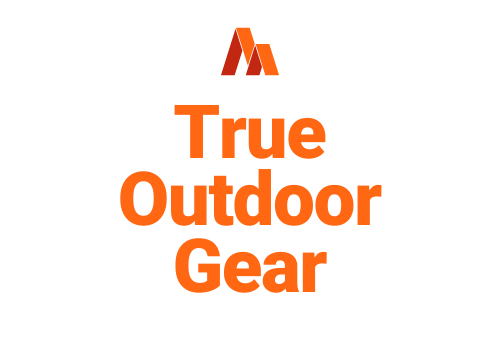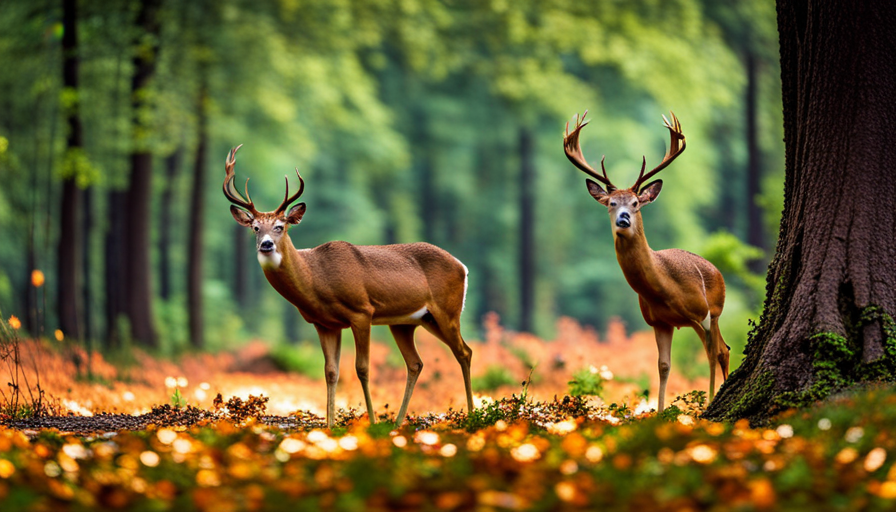Wildlife photography is a challenging and rewarding pursuit that requires patience, skill, and the right equipment. One of the most important tools in a wildlife photographer’s arsenal is a trail camera. These cameras are designed to capture images and videos of animals in their natural habitat, without disturbing them.
With so many options on the market, it can be difficult to choose the best trail camera for your needs. In this article, we’ll introduce you to the top 11 trail cameras for wildlife photography, as recommended by outdoor gear website GudGear.
When choosing a trail camera, there are several factors to consider, such as image quality, battery life, and durability. Some cameras are designed for specific types of wildlife, such as nocturnal animals or birds in flight. Others offer advanced features like wireless connectivity and real-time monitoring.
With so many options available, it can be overwhelming to decide which camera is right for you. That’s why we’ve compiled a list of the best trail cameras on the market, along with a guide to help you choose the perfect camera for your needs.
Whether you’re a seasoned wildlife photographer or just starting out, these cameras will help you capture stunning images of the natural world.
Top Trail Cameras
The GudGear website presents 11 trail cameras ideal for wildlife photography, with the Bushnell Trophy Cam HD emerging as the top pick. This camera boasts an exceptional 80-feet motion detection range and an impressive 20 MP photo resolution, making it an excellent choice for capturing wildlife in high quality. Additionally, it records 1080p video resolution, features audio recording, LED night vision flash, and an infrared motion sensor, ensuring that every detail is captured even in low-light conditions.
Other notable trail cameras on the list include the Meidase P60 Trail Camera, Spartan 4G LTE GoCam, and the Creative XP LTE 4G Cellular Trail Camera. Each camera has unique features that cater to different wildlife photography needs such as night vision, LTE 4G, and 4K capabilities.
Choosing the best trail camera would depend on various aspects such as lighting, resolution, memory, night vision, audio recording, power options, and data storage. With the top 11 trail cameras presented on GudGear, wildlife photographers are sure to find a camera that will meet their specific needs and preferences.
Features to Consider
When selecting a trail camera for wildlife photography, it is important to carefully consider its features. One of the most crucial features to consider is the lighting. The lighting determines how clear and visible the images will be, especially in low-light conditions. Cameras with infrared LEDs are ideal for night photography, while cameras with white LEDs are suitable for daytime photography.
The resolution of the camera also plays a significant role in the quality of the images. Cameras with higher resolutions produce clearer and more detailed images. Memory is also important, as it determines how many images the camera can store before needing to be emptied. Night vision and audio recording are also essential features to consider when selecting a trail camera.
Power options are also an essential aspect to consider. Cameras that require less power consumption are ideal for longer battery life and can save on battery costs. Data storage is another crucial feature to consider, as it determines how many images the camera can store before the data needs to be transferred. Wireless cameras allow for downloading images directly to a phone or computer and can be accessed from a distance.
Overall, when selecting a trail camera for wildlife photography, it is essential to consider features such as lighting, resolution, memory, night vision, audio recording, power options, and data storage.
Wireless or Wired Options
Wireless and wired options are both available when selecting a trail camera, offering different advantages and disadvantages for wildlife photography. Wireless trail cameras are becoming increasingly popular due to their ability to connect to cellular networks, allowing for remote access to photos and videos. This feature is particularly useful for monitoring wildlife activity in real-time, as well as for security purposes. Wireless cameras also eliminate the need for physical retrieval of the camera’s SD card, saving time and effort.
On the other hand, wired trail cameras require a physical connection to a computer or other device for data transfer. While this may be a disadvantage for some, it does offer the benefit of not relying on cellular networks, which may be unreliable or unavailable in certain areas. Wired cameras also tend to have longer battery life due to the lack of constant cellular connectivity.
Ultimately, the decision between wireless and wired trail cameras depends on the user’s specific needs and preferences.

